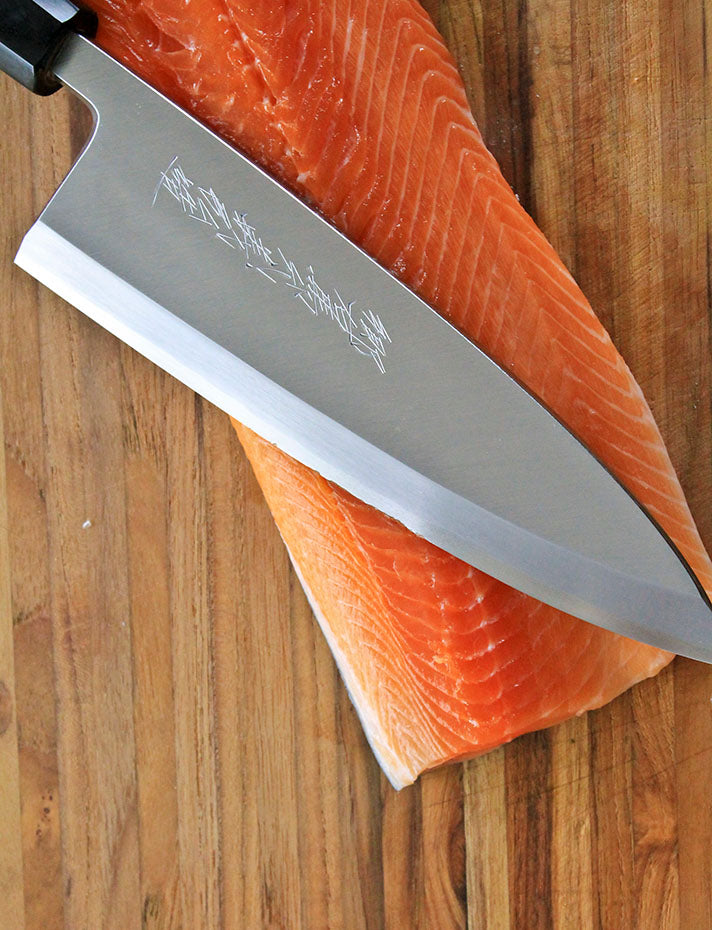
Shop Cutlery
Chef Curated Artisan Knives
Kitchen Knife Buyer's Guide
Our guided process will help you navigate the world of kitchen knives and choose the best tools for your culinary needs.
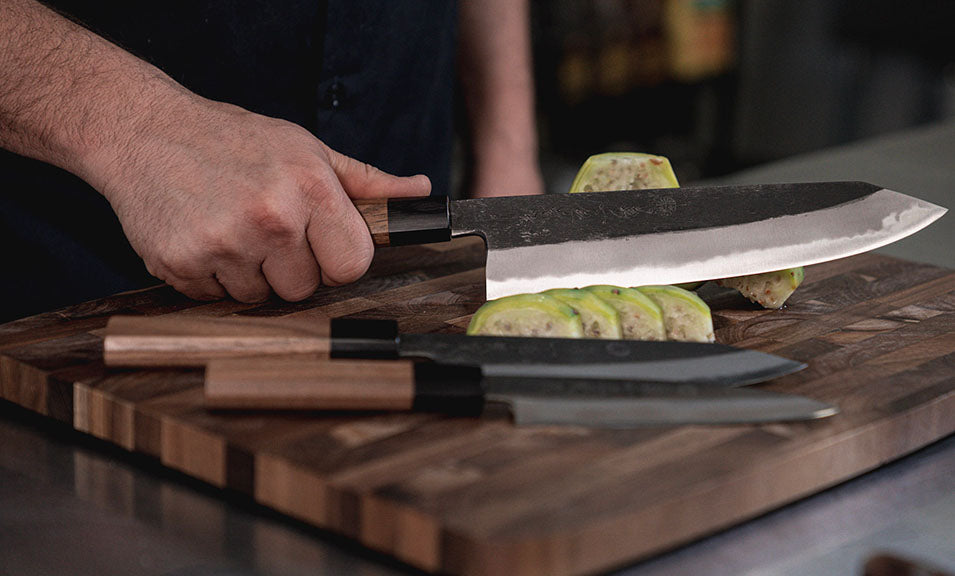
Stay Sharp!
Keep your favorite kitchen tools at their peak performance with our sharpening services and products.
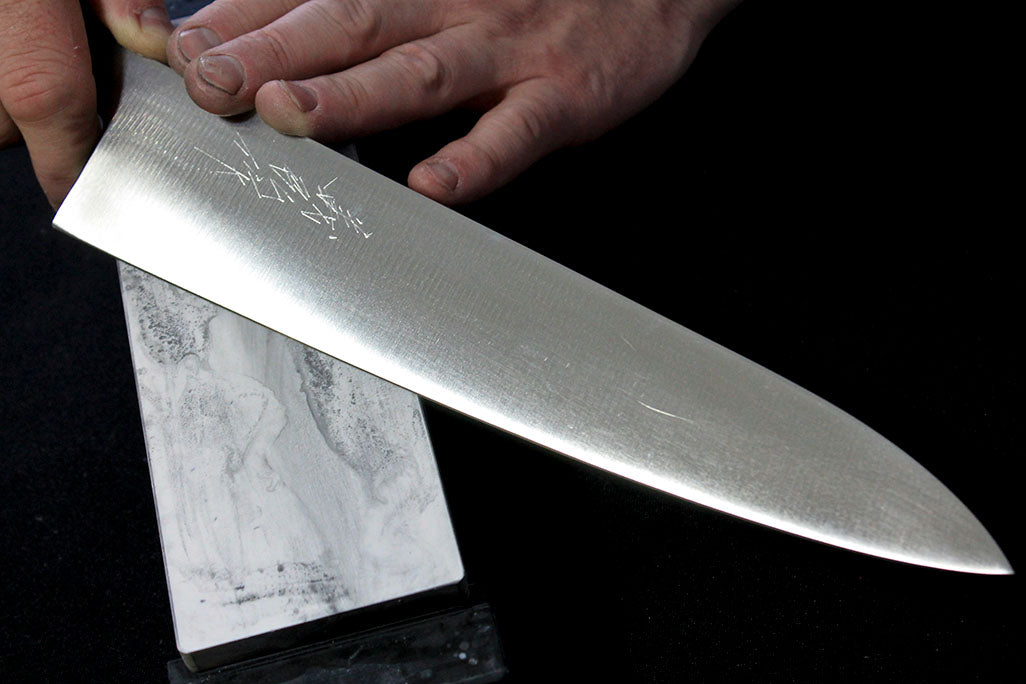
Gifts To Cherish For Generations
Gift a slice of excellence to the culinary explorer or aspiring chef in your life with a top-tier knife or kitchen tool, expertly crafted to enhance their kitchen adventures.
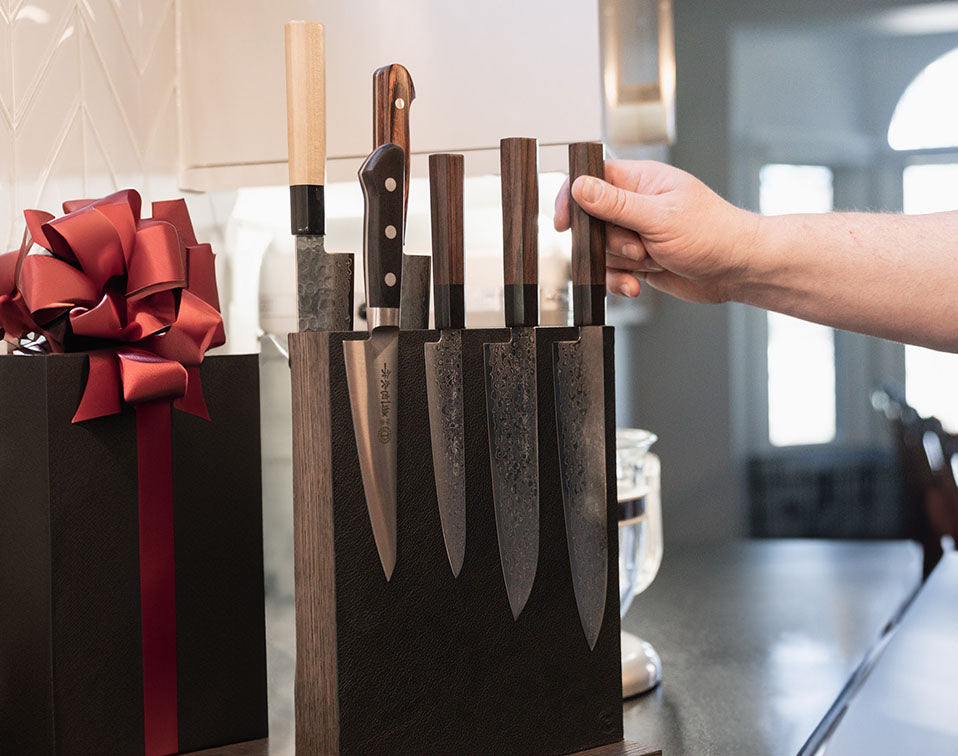

All About Knives
Learning Center
About Element Knife Company
CLICK HERE to learn more about our story and how Chef Elan found his way to curating the best cutlery in the world.
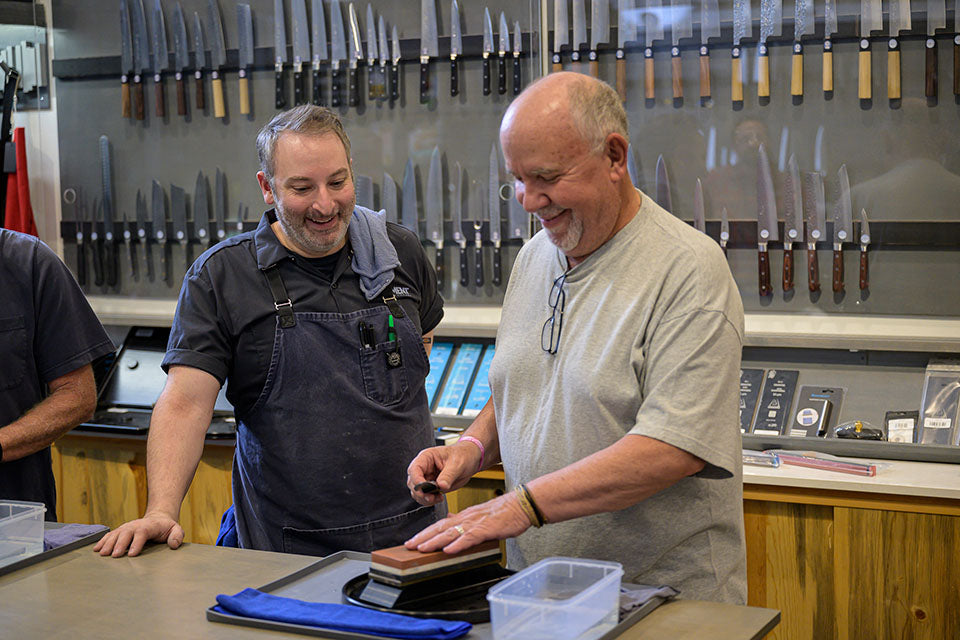

Food Safety Essentials: From HACCP to Dish Towels
Navigating the culinary world is both an art and a science. Beyond showcasing your culinary prowess, there's a crucial aspect that deserves keen attention – food safety. Whether it's mastering the principles of HACCP or ensuring optimal food storage, understanding these elements is vital. Let's take a closer look.

Understanding HACCP: A Proactive Approach to Food Safety
HACCP, standing for Hazard Analysis Critical Control Point, is more than just an intricate acronym in the world of culinary arts. Developed in the 1960s by NASA and the Pillsbury Company, this system was initially intended to ensure the safety of foods for astronauts embarking on space missions. Today, it's recognized globally as an effective approach to preemptively address food safety concerns throughout the production process.
HACCP is built upon a proactive philosophy. Instead of reacting to potential food safety issues, it identifies and prevents hazards before they compromise food safety. The method is systematic, focusing on pinpointing risks and critical control points in the culinary process where interventions can halt or mitigate these hazards.
Through seven key principles, HACCP provides a framework that guides industries in producing safe food. From conducting hazard analyses to establishing corrective actions and verifying the effectiveness of these measures, each principle is pivotal.
Understanding and implementing HACCP isn't just about adhering to regulatory standards—it signifies a commitment to the health and well-being of consumers. In a culinary context, embracing HACCP ensures that each dish, from ingredient sourcing to the final presentation, aligns with the highest food safety standards.
Cross-Contamination: A Stealthy Culprit in the Kitchen
Cross-contamination is like that pesky, uninvited guest that crashes your dinner party. It sneaks into our kitchens without a loud announcement, and if not handled properly, it could ruin the evening for everyone.
In culinary terms, cross-contamination refers to the unintentional transfer of harmful bacteria or allergens from one substance or object to another. This transfer typically happens due to the shared use of kitchen tools, surfaces, or hands. For example, using the same chopping board for both raw poultry and fresh vegetables without a proper wash in between is a classic misstep.

It's not just about raw meats either. Think about allergens. If a peanut sauce and a tomato salsa share the same spoon, it might spell trouble for someone with a severe peanut allergy. And it's not only about what you can see. Microscopic pathogens, which are invisible to the naked eye, can hop from one food item to another with ease.
Avoiding cross-contamination is a dance of diligence. It’s about ensuring a clear division between raw and cooked, between meat and veggies, and between different allergenic foods. By being mindful of these separations and investing in some extra kitchen tools (like color-coded chopping boards), you're setting the stage for a safer, healthier culinary experience.
Navigating the Temperature Danger Zones: Your Kitchen Thermometer's Time to Shine
Ah, the temperature danger zone. It might sound like the title of a cheesy action flick, but in the culinary realm, it's a very real and potentially hazardous space. This is where harmful bacteria thrive, plotting their nefarious schemes to spoil our food and potentially ruin our day.

The temperature danger zone ranges between 40°F and 140°F (4°C and 60°C). Within this range, bacteria double in number in as little as 20 minutes. That's faster than popcorn popping in a microwave! When food sits in this zone for too long, those pesky bacteria can grow at an alarming rate, leading to foodborne illnesses.
Cold foods? Keep 'em cold. Hot foods? Keep 'em hot. Sounds simple, right? Yet, we've all been guilty of letting that pot of soup cool down on the counter for a bit too long or letting that salad sit out during a lengthy summer picnic. And while that leftover pizza might seem tempting after it's been out all night, it's ventured through the danger zone and might be hosting a bacterial party.
A trusty kitchen thermometer isn't just for checking if your roast has hit the perfect medium-rare. It's an essential tool to ensure you're staying clear of the danger zone. Regularly check the temperatures of your fridge, freezer, and cooked foods. And remember, when in doubt, it’s better to play it safe. Your tummy will thank you!
Proper Food Storage: It's Not Just Tossing Leftovers in the Fridge
Food storage might sound as straightforward as stashing your leftovers in the nearest Tupperware and calling it a day, but there's a bit more finesse to it if you’re aiming for that top chef badge. Just like arranging books on a shelf or color-coordinating your closet, there's an art (and science!) to stacking your fridge.
First things first: raw meats, poultry, and seafood. Always store them on the bottom shelf. This isn’t just about giving them a VIP spot, but it's to prevent their juices from dripping and causing a bacterial ruckus on your fresh produce or ready-to-eat foods. Plus, it’s a lot easier to clean up a leak when it's contained to one area.
Speaking of produce, they're not all made equal, at least when it comes to fridge real estate. Some veggies and fruits produce ethylene gas, which can speed up the ripening process of other foods around them. So, tomatoes, bananas, and avocados? Keep 'em separate from ethylene-sensitive pals like broccoli or leafy greens.

Leftovers? Cool them down to room temperature (but not for more than two hours!) before giving them a chilly spot in the fridge. This not only prevents the temperature inside the fridge from rising but also helps your food retain its flavor and texture. And always make a habit of labeling and dating items. While you might remember today when you cooked that chili, three weeks from now, it's anybody's guess!
In essence, storing food properly is like solving a culinary puzzle. With the right pieces in place, everything comes together harmoniously, ensuring that flavors remain intact, foods stay fresh, and your risk of foodborne illnesses takes a backseat.
Bonus Tips: Keeping It Cool and Clean
1. Refrigerator Zones: It's Cooler in Some Corners
Ever noticed that some sections of your fridge feel colder than others? No, it's not your imagination playing tricks on you. Refrigerators, despite their modern advancements, often have areas that are cooler or warmer than others.
The top shelves usually have the most consistent temperatures, making them perfect for your cooked leftovers, dairy, and drinks. The lower shelves? That's where the real cold is, ideal for raw meats, eggs, and seafood.
Then you've got those crisper drawers. Ever wonder why they're called "crisper"? Because they're specially designed to manage moisture levels, making them the prime spot for your fresh fruits and veggies.
The door? That's the warmest part of the fridge. Perfect for condiments, but maybe not that pricey organic milk.
Want to be sure about the temperature? Grab a fridge thermometer! Place it in different spots, leave it for 24 hours, and you might be surprised at the readings. Identifying these zones allows you to strategically place your food items for maximum freshness.
2. Dish Towel Sanitation: Not Just a Fancy Kitchen Accessory
Dish towels, while often chosen for their charming designs or their matchy-matchy aesthetics with our kitchen decor, play a crucial role in the kitchen. They're like the unsung heroes, wiping off those spills, drying our hands, or grabbing a hot pan in a pinch.
However, with great utility comes great responsibility. These towels can quickly become breeding grounds for bacteria if not cared for properly. Think about it: a damp, warm cloth is like a 5-star hotel for germs.
To keep things in check, make it a routine to swap out kitchen towels every day or two. And when you wash them, ensure it's in hot water. Got a cloth you've used to wipe up after raw meat or poultry? That goes straight into the laundry – no second uses!
Moreover, always ensure your towels dry out completely between uses. If you've got a towel that’s perpetually damp, consider where it's hung. If it’s bunched up on a hook, it might be time to switch to a towel bar for faster drying.

A Culinary Safety Wrap-Up
Safety in the kitchen goes beyond just minding the sharp ends of knives or keeping fingers away from open flames. It's about understanding the environment around you – the hidden intricacies of your refrigerator's temperament, the silent yet diligent role your dish towel plays, and the protocols you set to ensure your food remains safe. The act of cooking is an art, but keeping your ingredients and tools safe is the foundation of that art. So, with the knowledge of HACCP and these key guidelines in hand, you're not just cooking; you're crafting culinary masterpieces with safety as your co-pilot. Happy cooking!
- Choosing a selection results in a full page refresh.
Quick links
Learn
Blogs
Cut Deeper
We have even more to offer: follow us on Twitter, Facebook and Instagram to keep up with all of the latest news and to take advantage of discount codes and other offers. Thank you for visiting our site and we look forward to connecting with you!
Sign up to get the latest on sales, new releases and more!
!
































